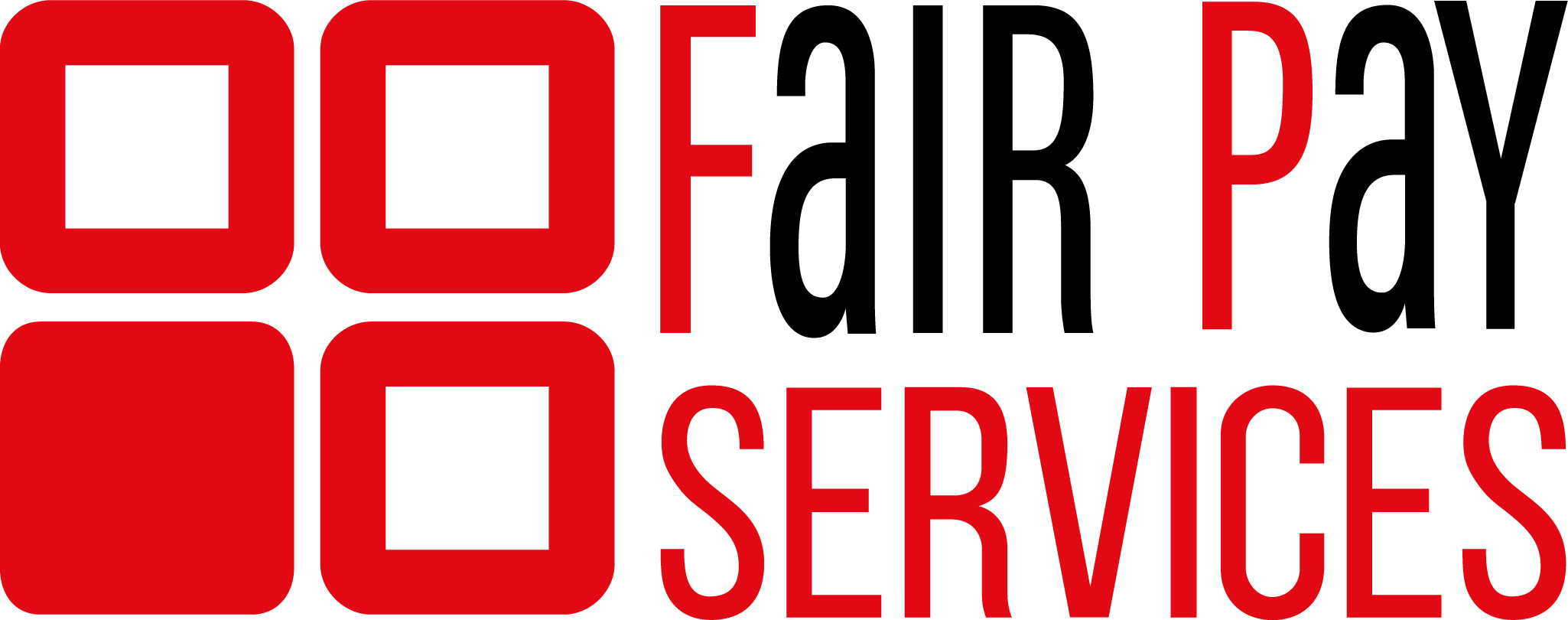When contractors transition to an umbrella company, one of the first things they notice is a shift in how their payslips look compared to traditional employment.
Umbrella company payslips contain unique information tailored to the umbrella model, where the contractor is technically employed by the umbrella company while working on client projects.
Read on to learn why umbrella company payslips differ and what contractors should expect.
We’ve also explained why understanding these differences is essential for contractors who want a transparent picture of their income and deductions.
Why umbrella company payslips differ
Unlike a standard payslip – which directly reflects a salary from one employer – an umbrella company payslip is structured to show assignment income that has been processed through an umbrella company’s payroll. This can often be from multiple agencies or assignments in a single pay period.
This means that elements like income tax and National Insurance contributions (NICs) are calculated and deducted in ways that can look unfamiliar at first glance.
The best umbrella companies ensure that their payslips are transparent, clearly explaining deductions and contributions.
Unfortunately, not all umbrella companies operate with this level of clarity, so contractors must look for recommended umbrella companies that provide easy-to-understand, compliant payslips.
Key elements of an umbrella company payslip
A payslip from a PAYE umbrella company will show several specific line items, including but not limited to:
1. Gross assignment income:
This includes the total amount received from the client(s) before any deductions.
2. Employer National Insurance and Apprenticeship Levy:
These may appear as separate line items because, in the umbrella model, the assignment rate includes an uplifted amount to cover the employer NIC and apprenticeship levy. This might be new for contractors coming from a sole trader or limited company background, but it’s a standard part of umbrella payroll.
3. Holiday pay:
The best umbrella companies will clearly outline holiday pay, typically calculated at 12.07% of gross earnings, and include it on the payslip. This can be calculated and advanced each time the contractor is paid or retained until the contractor takes leave.
4. Umbrella company margin:
This is the amount the umbrella company retains for handling payroll, invoicing, costs of employment and other administrative tasks.
5. Income tax and National Insurance:
These are deducted based on HMRC regulations. Contractors will pay tax as employees through the Pay As You Earn (PAYE) system, which means that income tax and national insurance are deducted directly from their gross pay amount.
Example breakdown
To illustrate, an umbrella company payslip might look like this:
- Gross assignment income: £1,000
- Employer NICs and Apprenticeship Levy: -£90.04
- Holiday pay: £96.38 (retained in this example, but can also be advanced)
- Umbrella company margin: -£15
- PAYE tax and employee NICs: -£155.73
- Net Pay: £642.84
After these deductions, the contractor’s take-home pay will be the final amount on the payslip. Understanding this structure is important for contractors to ensure accuracy and transparency.
Avoiding tax avoidance schemes
In recent years, HMRC has scrutinised the industry more closely, particularly umbrella companies that promote aggressive tax avoidance schemes.
This will be increasingly more important as the government legislates to clamp down on non-compliant providers, and make agencies liable for unpaid PAYE when using such schemes.
The best and most reputable umbrella companies strictly follow HMRC’s guidance, ensuring contractors pay the correct income tax and national insurance through PAYE.
It’s crucial to be wary of any list of umbrella companies promising “higher take-home pay” through unconventional means.
A reputable PAYE umbrella company will be transparent about their calculations and upfront about any fees or deductions.
Why choose an umbrella company?
Umbrella companies simplify payroll, especially for contractors working multiple assignments.
They ensure compliance with HMRC regulations, relieve contractors of complex admin tasks, and allow contractors to work with multiple clients without setting up a limited company.
For contractors looking to maximise transparency and minimise compliance risks, selecting the best umbrella company is essential.
Look for firms that offer detailed payslip illustrations, a transparent fee structure, and provide clear guidance on income tax, NICs, and holiday pay.
Final thoughts
Getting to grips with umbrella company payslips may take some getting used to. However, with the right PAYE umbrella company, contractors can have peace of mind knowing they are fully compliant and receiving clear documentation of their earnings.
Always prioritise transparency and compliance in your search for the best umbrella company. This will help ensure your payslip reflects an accurate picture of your earnings and deductions.


